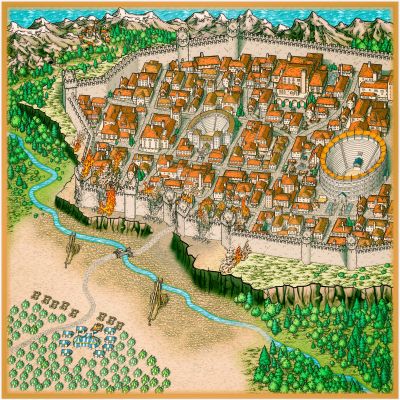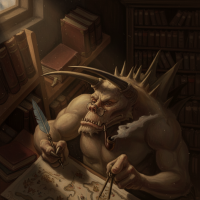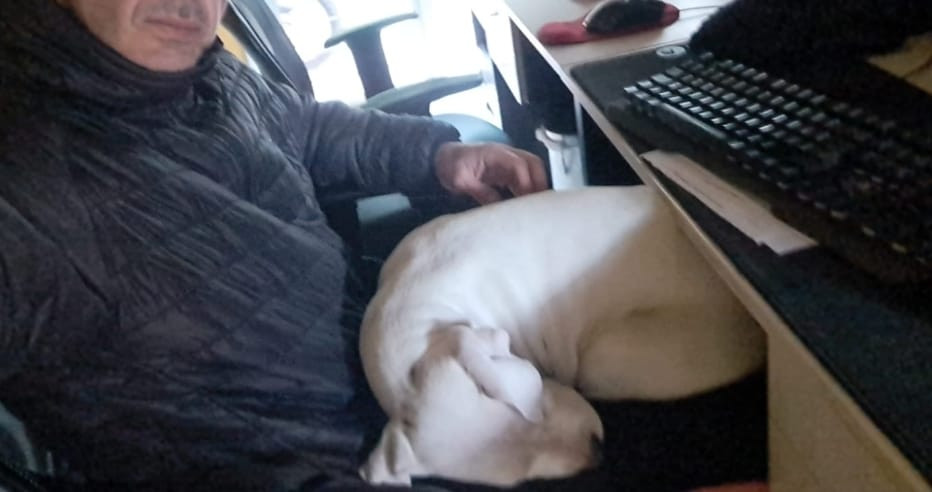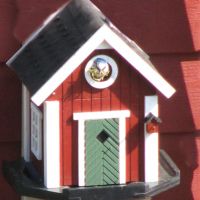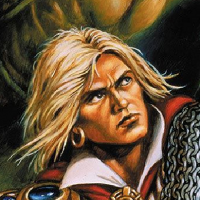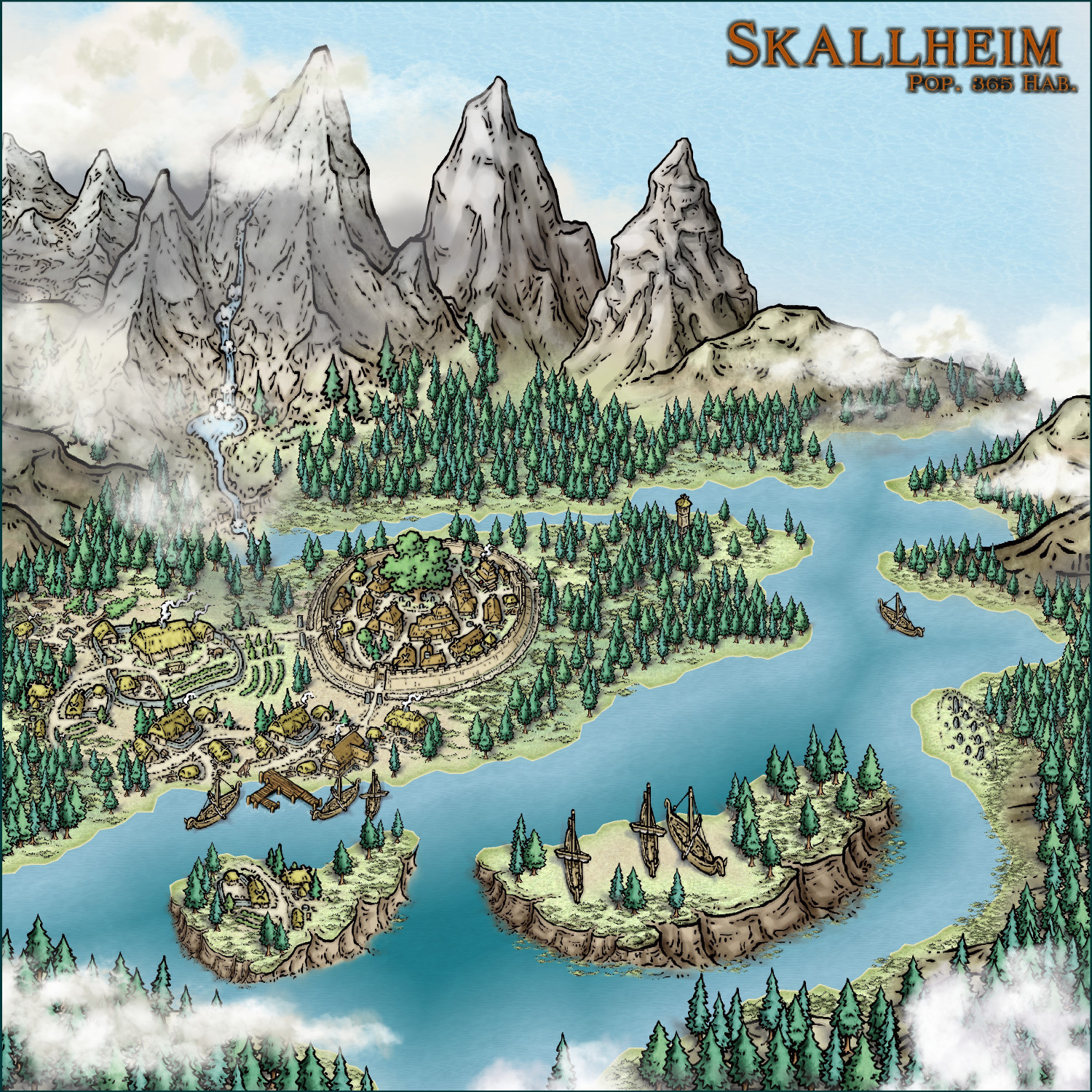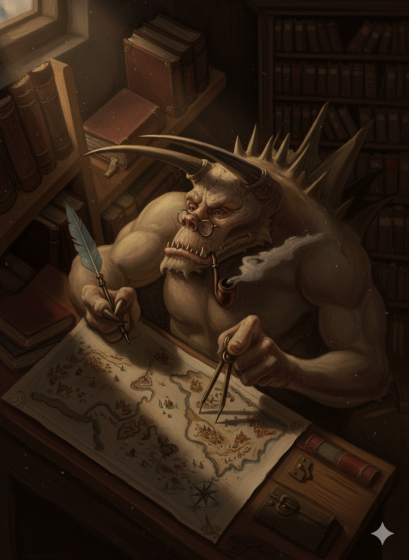
Ricko
Ricko
About
- Username
- Ricko
- Joined
- Visits
- 6,688
- Last Active
- Roles
- Member
- Points
- 10,516
- Birthday
- February 7, 1977
- Location
- merlo san luis argentina
- Rank
- Mapmaker
- Badges
- 22
Reactions
-
Working on Atlas maps....
-
Working on Atlas maps....
-
Have any of you ever printed your maps?
Not so much @Loopysue , an A1 size plastic plotter here in Argentina, where prices are crazy out of control, costs less than 8 uss.
-
2nd map
-
First Time Mapper, First Time Poster, Long Time Struggling Learner
Hello brother welcome!
I suggest you start with Joe's videos, they cover the first steps in the program very well.
https://www.youtube.com/watch?v=QLaTKOJC6og&t=157s
Apart from that, profantasy has tutorial videos of the most varied styles available on the same page.
https://www.youtube.com/@ProfantasySoftware
If you have any other questions, just search to see if any topic has already been created on the subject or just ask.
Cheers


